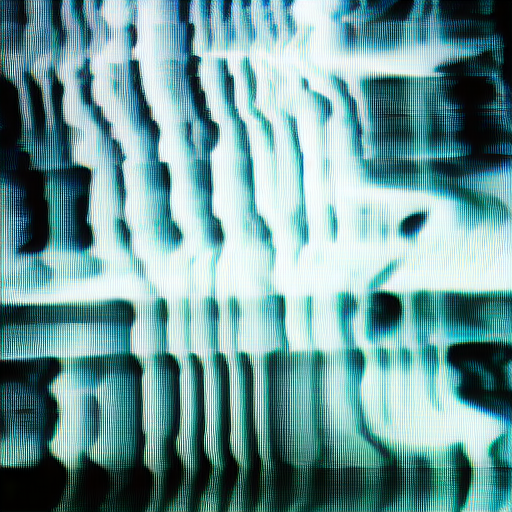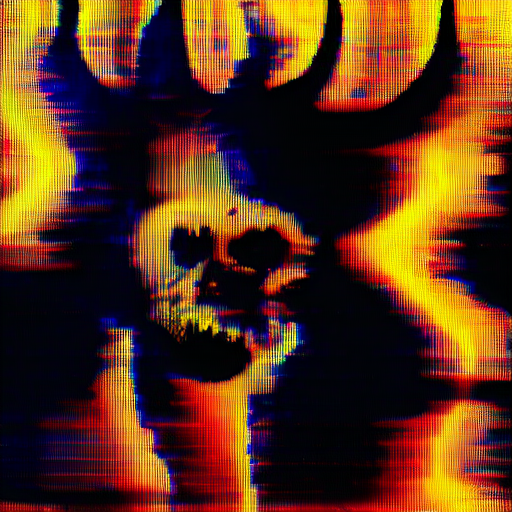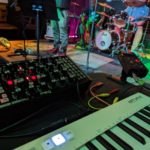As someone who has been playing live regularly, my mind almost instantly tried to figure out how to perform with the various Moog synths in a live setting. On YouTube and in Facebook groups, it seemed like most of the musicians that use these instruments are in a studio setting. I challenged myself to find a way to perform live with these instruments with other musicians at the weekly open jam I attend that is mostly blues/rock/jazz.
I have very little keyboard or piano knowledge, so using the Mother-32 did not seem practical. Having to program the sequencer for each song does not work will in a dynamic and live environment. I also ruled out the DFAM as I am not looking to provide percussion. That left the SubHarmonicon as a possible good choice to use live.
I picked up a midi keyboard to allow me to change the key the SubH is playing in so I can stay in tune with the other musicians. Using the SubH’s midi interface, hitting a note on the keyboard changes the pitch the oscillators operate on.
After a bit of trial and error, I started to get the hang of using the instrument in a live setting. Using the built in sequencer, I try to adjust each note to create some sort of pattern. Either high/low, ascending, or descending. Dropping the VCA Decay to 0 and raising the the VCA attack to almost the 8 o’clock position can create a cool doppler effect. Doing the same to the VCF attack/decay can create a pulsating rhythm.
To my surprise, using the SubH at the jam was very well received. Not only was there a novelty around a new and weird instrument, musicians asked me to join with them on their jams. I found the SubH works well with more open-ended jams.
For live sound, I tried a few different things. I wanted to go into the house PA originally so that I wouldnt have to bring my own equipment. But how I am setup when I get there, I have no monitor facing me and it’s difficult to hear it through the mix. I tried one of the house amps but the sound was incredibly muddled and still hard to hear it.
I ended up going to my local guitar store and buying a Boss Katana-50 Mk-II. I tried a few other small 30-50 watt solid state amps but they just didn’t sound right. The Katana gave me probably the clearest sound I’ve heard for the SubH. Having full control over my sound at the jam has greatly improved my performance since I can actually hear myself.
A goal I had was to record my jam sessions to reflect and use. I’ve been posting some of the recordings on my SoundCloud. One of my favorites is “Name of the Wind.”




